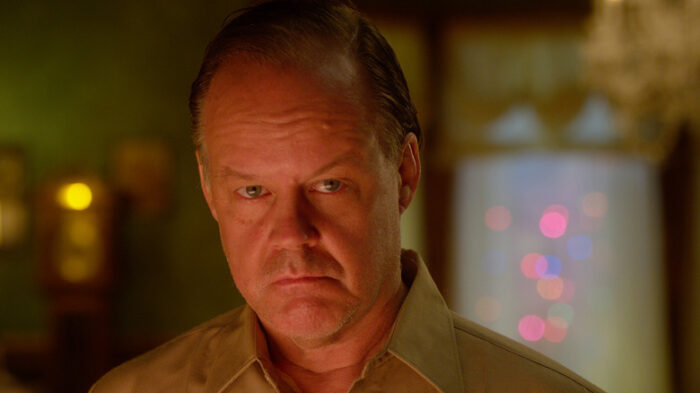
BY DREW TINNIN OCT. 20, 2023 11:45 PM EST
The following post contains spoilers about “Killers of the Flower Moon.”
The horrors inflicted upon the Osage people during a string of ghastly murders throughout the 1920s are among the worst atrocities ever committed against Indigenous Americans. Anyone familiar with U.S. history during the Old West will know that’s saying a lot. Based upon the 2017 book by David Grann, director Martin Scorsese’s “Killers of the Flower Moon” uncovers the systematic infiltration of nefarious white men into the lives and affairs of the Indigenous Osage Nation after vast deposits of oil were found on their land. The enormous wealth the Osage possessed led to a string of mysterious deaths that were always deemed accidental or never investigated in the first place.
…
To help tell such a complex web of lies and deceit, Scorsese enlisted the help of a wide array of performers that resulted in some spectacular cameos from musicians like Sturgill Simpson and Pete Yorn. One appearance in particular during the finale of Scorsese’s epic Western should delight genre fans and those that follow the indie horror scene, especially. To wrap up the story and reveal what happened to the major players, Scorsese uses an old-time detective radio show in the final moments of “Killers of the Flower Moon” that features horror legend Larry Fessenden (“Habit,” “The Last Winter”) as one of the bit players on stage. The choice to include Fessenden in this particular context makes perfect sense if you’re familiar with Fessenden’s award-winning horror podcast inspired by the vintage radio shows of yesteryear.
After bursting onto the New York film scene with his indie vampire tale “Habit” in the mid-90s, Larry Fessenden has become a well-respected mainstay within the horror community. When he’s not directing his own interpretations of the Universal Monsters in films like “Depraved” and his latest werewolf movie “Blackout,” Fessenden can be seen on the other side of the camera acting in Jim Jarmusch’s “The Dead Don’t Die,” Travis Stevens’ “Jakob’s Wife” and Ted Geoghegan’s WWII spook fest “Brooklyn 45.”
Fessenden also founded the independent NYC-based production outfit Glass Eye Pix that has gone on to help produce a bundle of new horror classics including “The House of the Devil” from Ti West, the documentary “Birth of the Living Dead” about the making of George A. Romero’s classic, and Adrian Garcia Bogliano’s “Late Phases.”
Along with Irish filmmaker Glenn McQuaid, Fessenden created the scary audio drama series “Tales From Beyond the Pale” that lovingly recreates the macabre radio plays of the past for a modern audience. Over multiple seasons, “Tales From Beyond the Pale” has featured a slew of special guest voice talent including notable names in horror such as Barbara Crampton, Joshua Leonard, A.J. Bowen, and also Pat Healy, who pops up towards the end of “Killers of the Flower Moon” as a G-Man looking into the Osage murders.
Some episodes of “Beyond the Pale” were recorded in front of a live audience, accompanied by live sound effects and audio cues just like the FBI radio play seen at the end of Scorsese’s sprawling new film. Not surprisingly, Fessenden looks right at home up on stage recreating the newsreel radio dramas of the era that reached their height in popularity during the 1940s and ’50s.
At the tail end of “Killers of the Flower Moon,” Fessenden plays the voice of Hale in the radio play, DeNiro’s despicable character that’s finally brought to justice after being tied to the murder of his longtime friend Henry Roan (William Belleau). Featuring a cameo from Scorsese himself, the audio drama provides an ingenious way to inform the audience about what became of Hale and DiCaprio’s character Ernest Burkhart without feeling like exposition. The fate of both gentlemen is told to us as a live performance that’s simultaneously being sent out over the airwaves. It’s revealed that Hale was sentenced to life in prison in 1929, but only served 18 years before being paroled in 1947. Burkhart was eventually pardoned by Oklahoma Governor Henry Bellmon in 1965, and lived with his brother Byron in a broken-down trailer park on the outskirts of Fairfax, Oklahoma.
…
The choice by Scorsese to feature Fessenden in this particular context not only highlights the horror director’s own series “Tales From Beyond the Pale,” it’s also a nod to the heart of independent filmmaking in New York City. Out of all the cameos in “Killers of the Flower Moon,” Fessenden’s appearance on stage with Scorsese represents two legendary New York artists. One just happens to have a few more Oscars than the other.
Read entire article at SLASH FILM
Visit Tales From Beyond The Pale for all your Shocktober chills


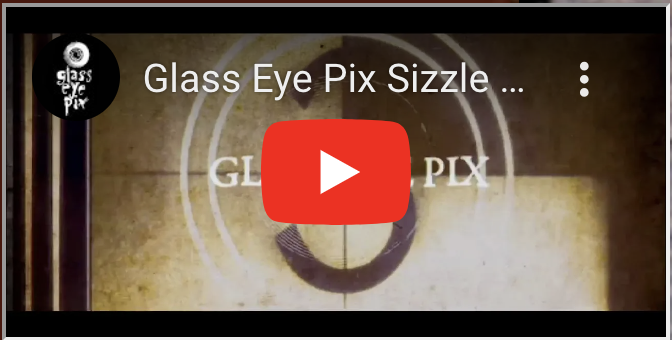
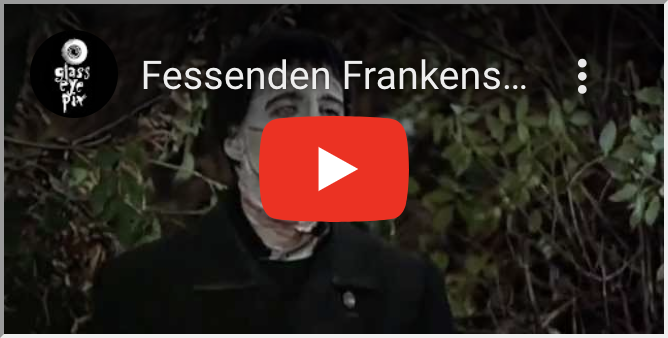
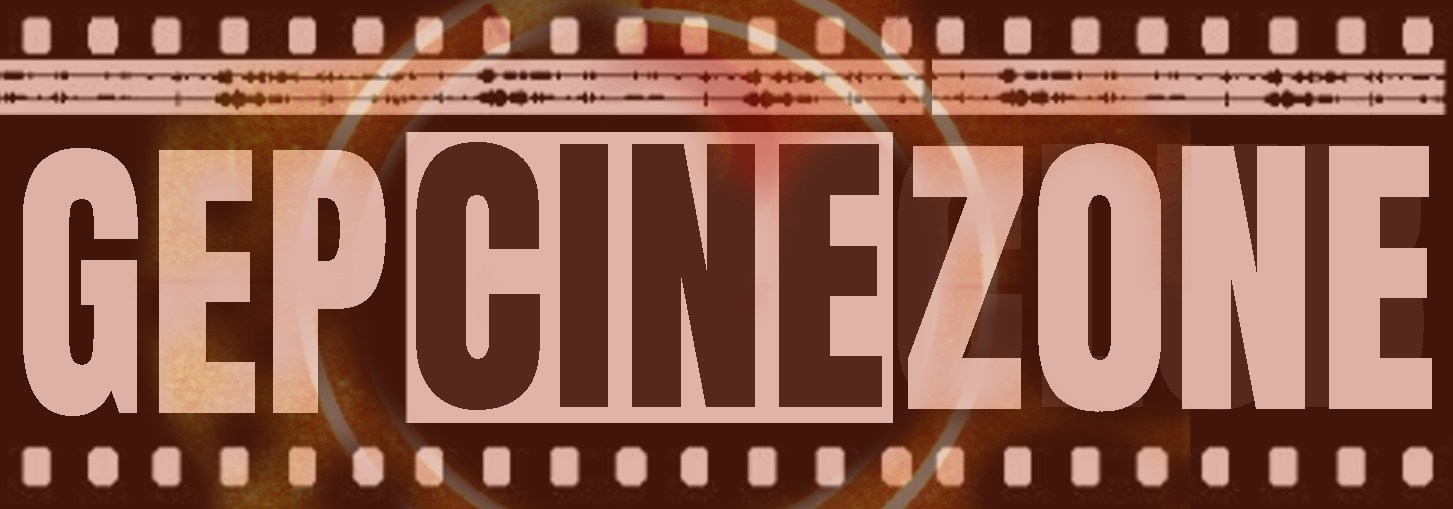


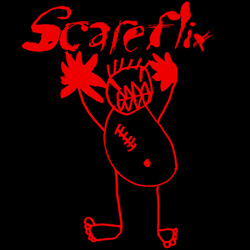
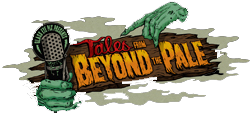
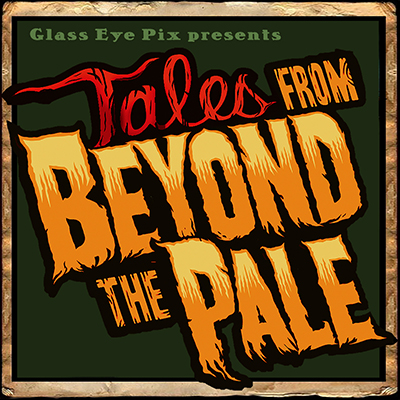
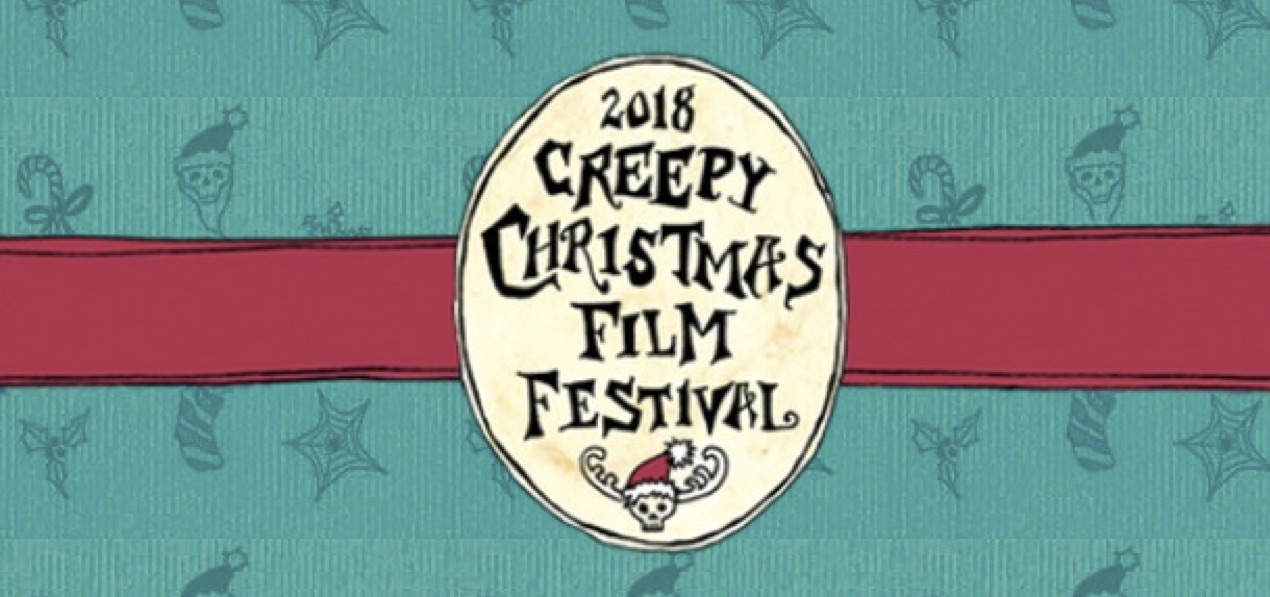
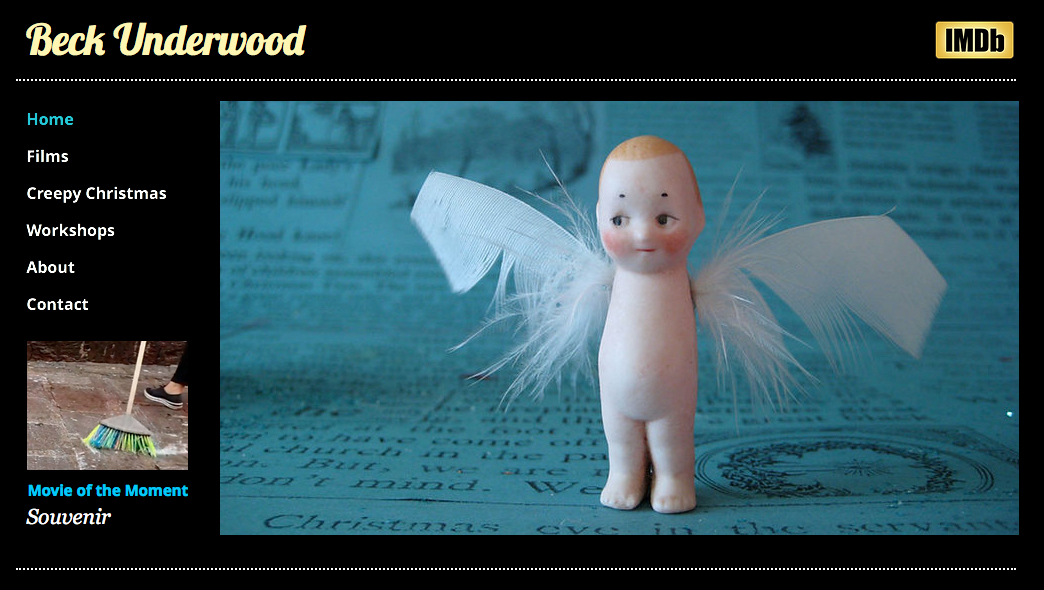
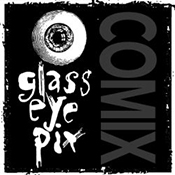





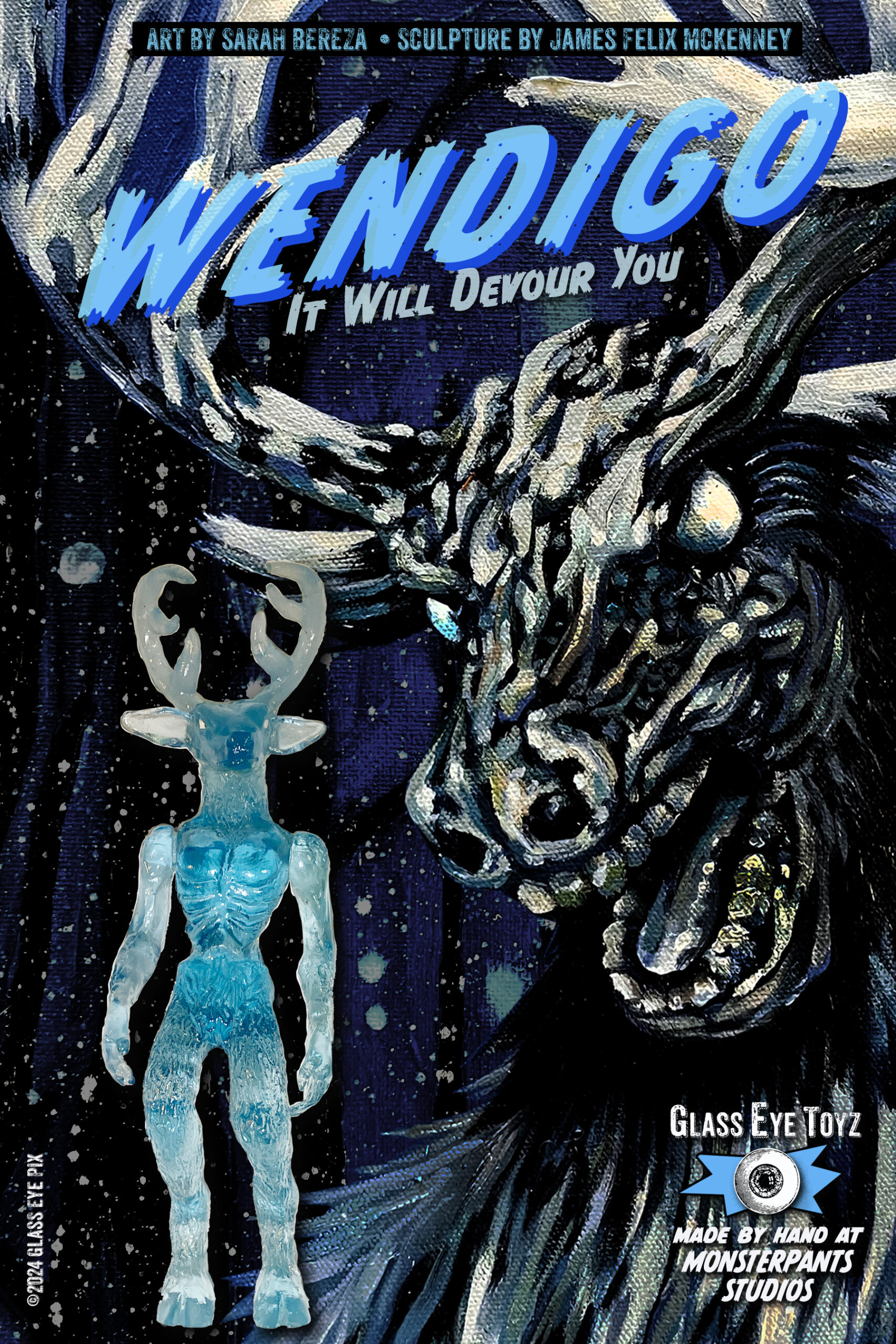
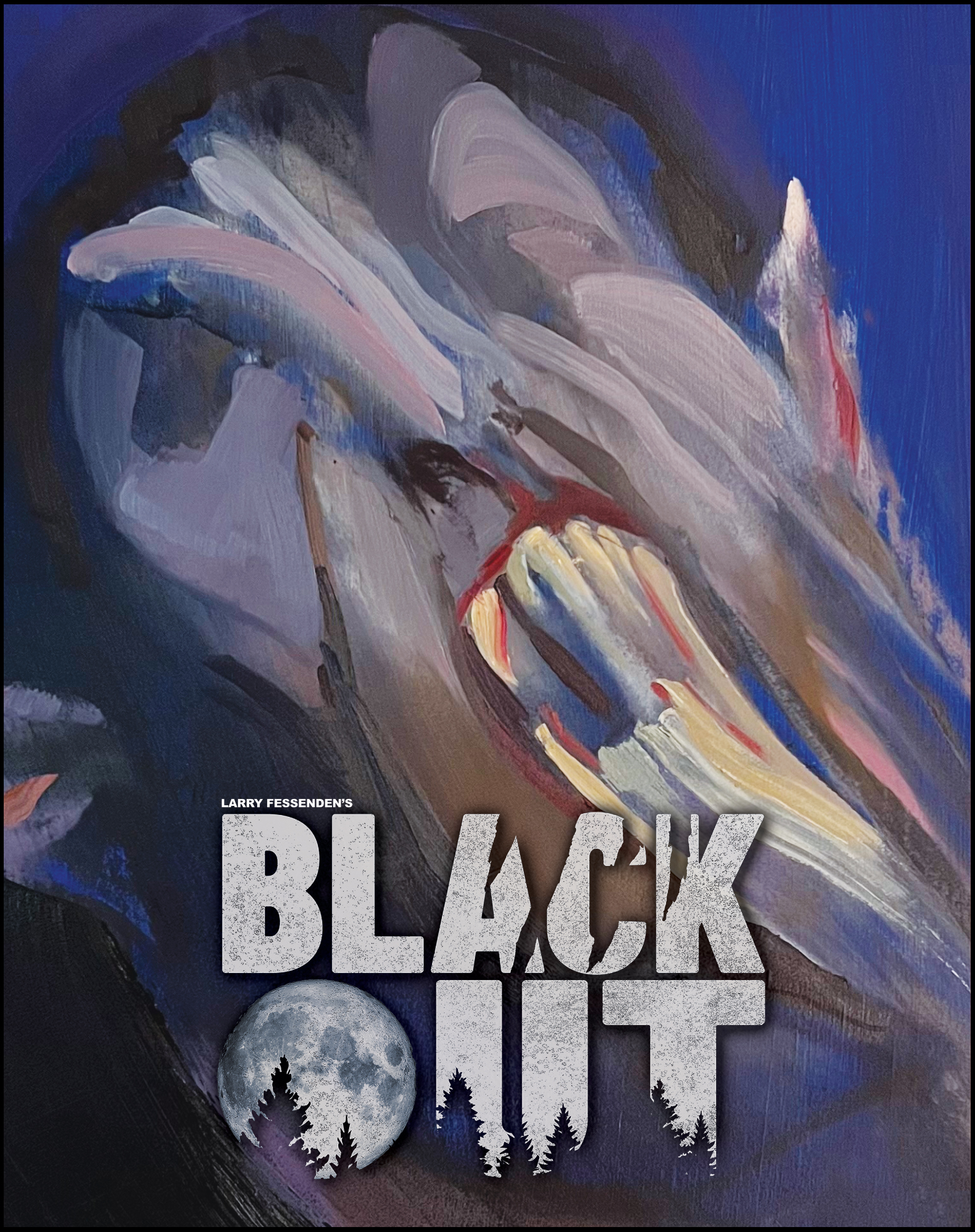

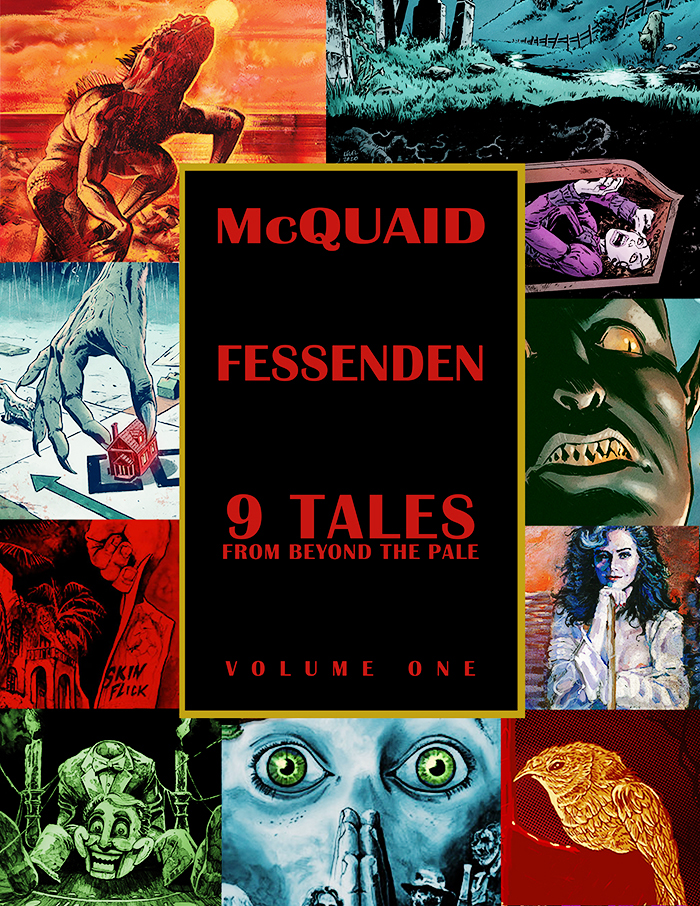
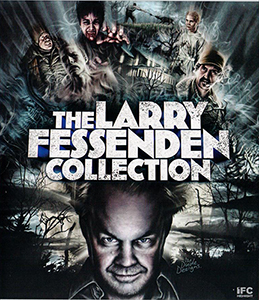
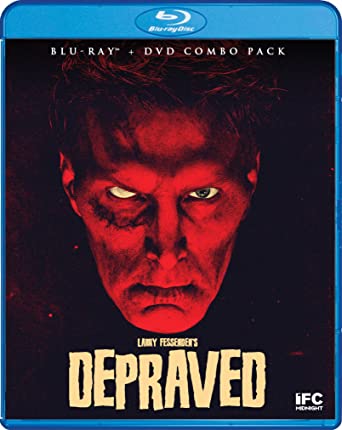
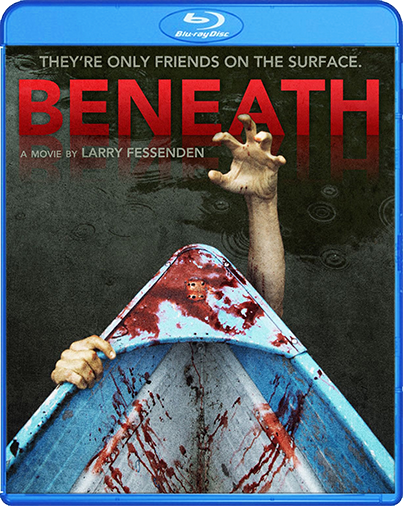
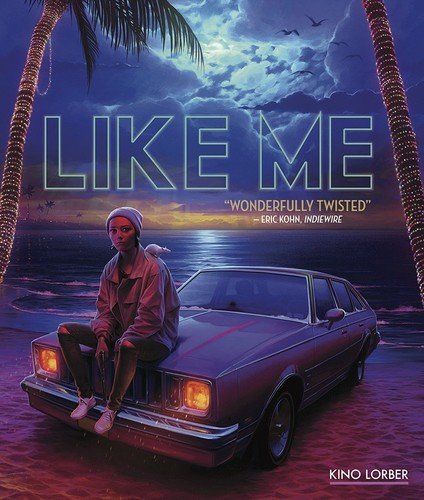

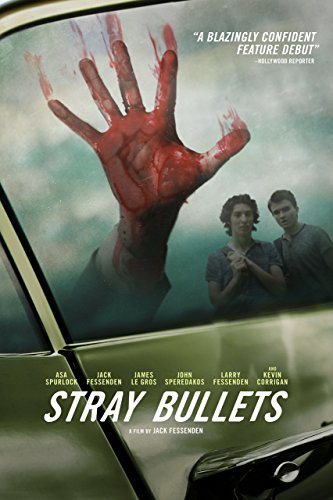
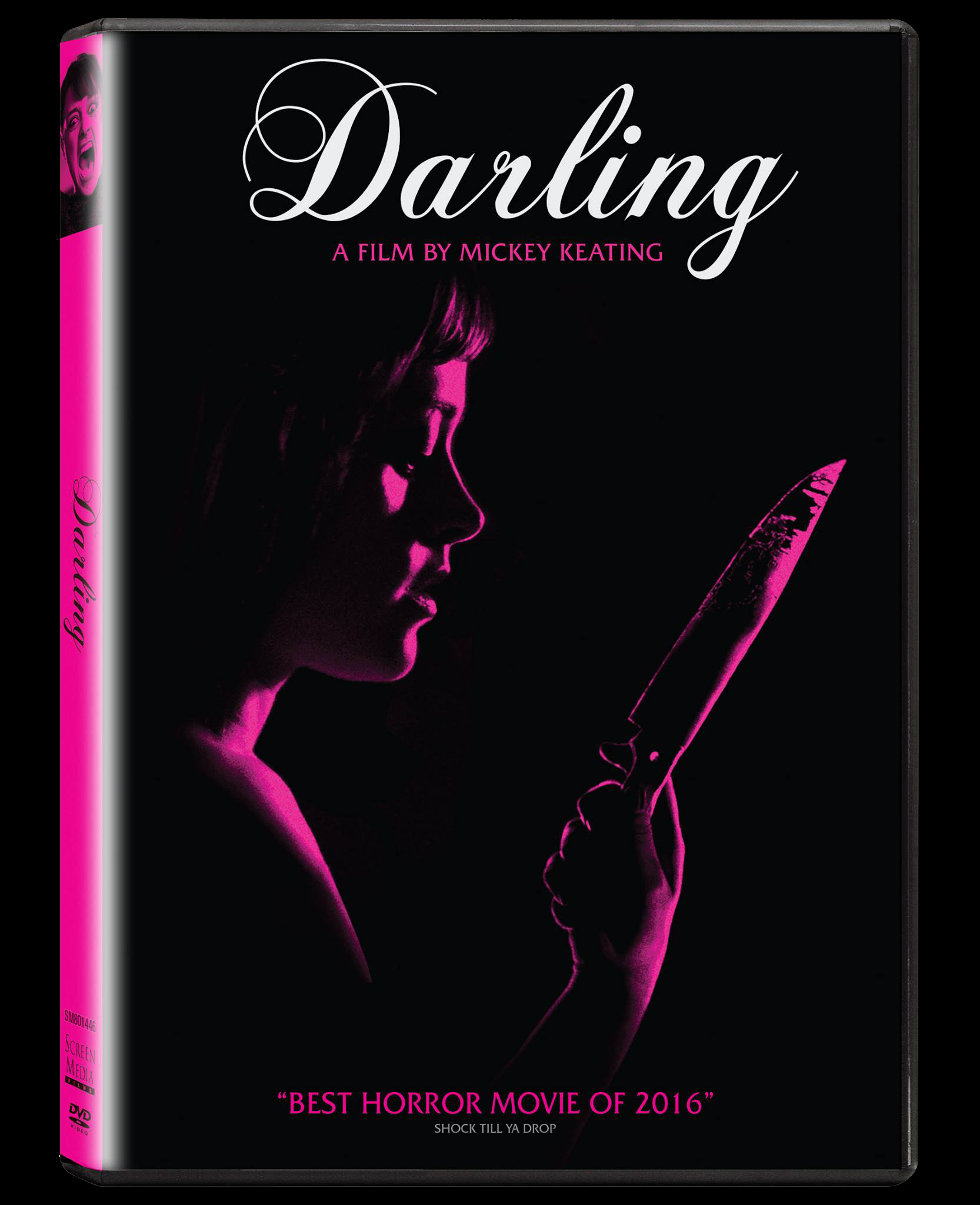
Add a comment